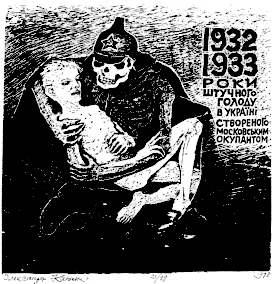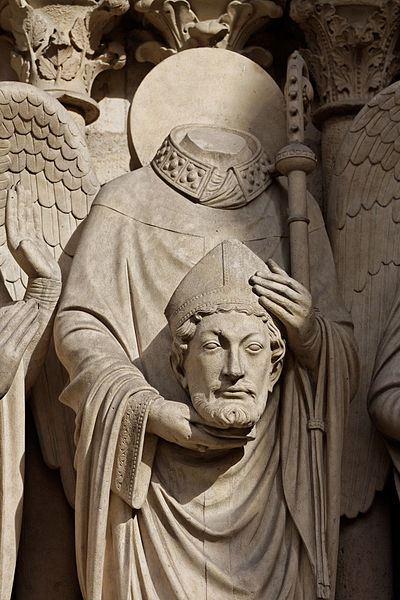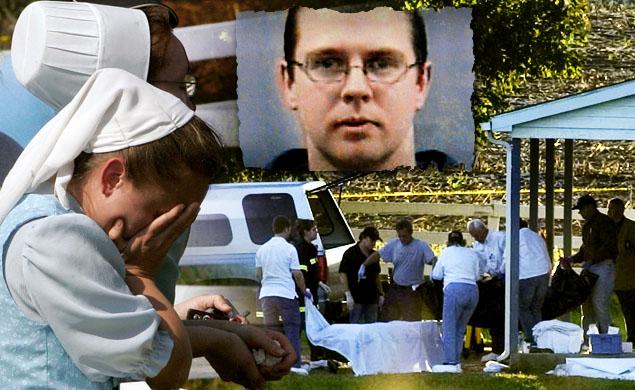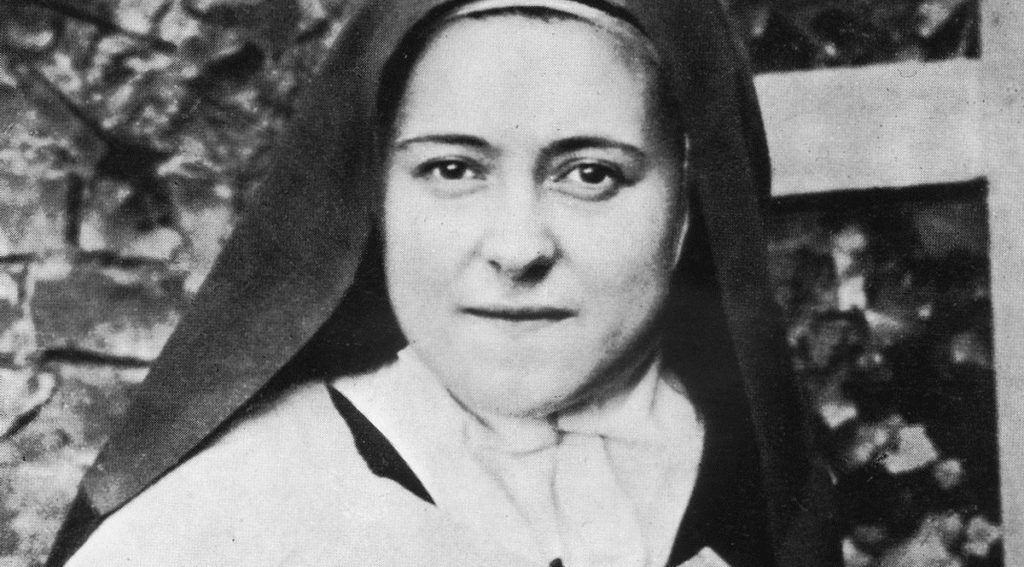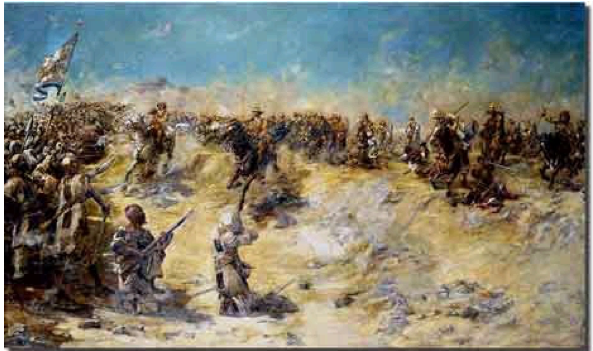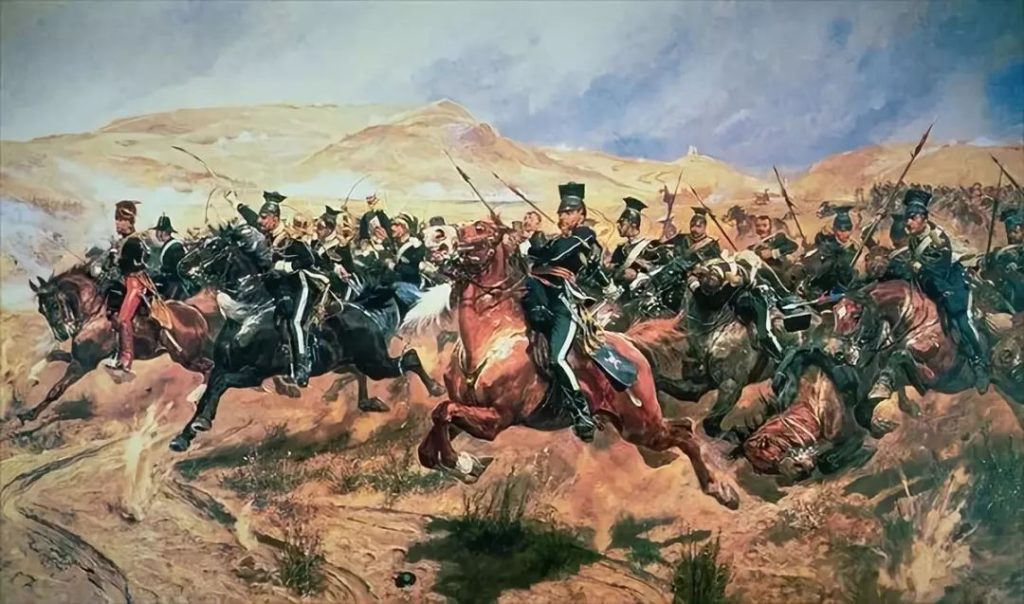There has been much talk recently about what constitutes a genocide. President Trump has opined that the atrocities visited on the Armenians by the Turks a century ago did not fit his definition of the term and a Marxist professor at the University of Alberta claimed that the reports of deliberate mass starvation in Ukraine under Stalin were merely Nazi and capitalist propaganda. This is a piece I wrote for the the Frontier Centre for Public Policy on the subject.
If you are an activist who wants to persuade your fellow citizens of the correctness of your views, the first thing you should do is take control of the English language. Change the meanings of words so that your enemies can be accused of any crime and your side can always claim the moral high ground.
Here is a good example. “Racist” used to mean someone who held nasty views about other people because of their racial ancestry. It is a terrible accusation which no one wants to be on the receiving end of, so you must be sure that it applies only to people you disagree with. You now define racism to be a sin that can only be committed by white people. You now accuse anyone who wishes to discuss immigration as being a racist. When, over time, that term gets to be shop-worn because you have pretty much accused everybody of it, you switch to “White Supremacist”. So, in our last election you tell Canada that all members of the People’s Party of Canada (even the Afghani refugee candidate in my constituency) are white supremacists. It works.
The same applies to terms such as “sexual assault” or “sexual harassment” whose borders are now so ill-defined that they can apply to conduct ranging from rape and gross indecency to putting up an auto-parts calendar with a pretty girl on it.
What about “holocaust”? That word moved from meaning a burnt offering to the calculated massacre of millions of Jews and non-Aryans at the hands of Nazis, but which now can be used, for example, by vegans who speak of “the Holocaust on your plate”, or open-border enthusiasts who liken illegal immigrant detention camps to Auschwitz.
And so it is with genocide, which most users of the English language would say was a word to describe a deliberate attempt to wipe out a whole people. History is replete with such atrocities which have been committed by people of every race on every continent. The most egregious misuse of that term is committed by Canadian aboriginal pressure groups who claim that the Canadian government carried out a “cultural genocide” in its residential schools and that the murders and disappearances of Indigenous women and girls amount to “genocide.”
Let me tell you what a real genocide looks like. “To eat your own children is a barbarian act.” Signs to this effect appeared in the Soviet Ukraine during the Stalinist era in the early 1930s. They were necessary because the communist government had created a man-made famine so devastating that millions starved to death in 1932-33.
The USSR was no stranger to mass starvation. Lenin’s policy of “war communism” in 1918-21 had crushed private economic production and mandated confiscation of “surplus” grain from the peasantry. The result was a massive drop in the food supply and widespread starvation that necessitated accepting foreign aid from the hated West. A switch to the New Economic Policy (NEP) in the later 1920s encouraged peasants to keep some of their production with the result that granaries were full again. Learning nothing from this, Joseph Stalin instituted a set of economic reforms that collectivized agriculture which once more brought about peasant resistance and shrunken food production.
In 1931, a bad harvest forced the government to institute rationing and order the forcible seizure of peasant food stocks to feed the urban proletariat. Stalin, fearing a nationalist movement and despising the notion of a prosperous class of farmers, seems to have seized this opportunity to bring Ukraine more completely under his thumb. Hundreds of thousands of productive agricultural workers were shipped to Siberia, or conscripted for work in heavy industry, unrealistic levels of food confiscation, which included farm animals as well as grain, were set for Ukraine, Communist party officials relentlessly hunted for hidden food caches, and grain continued to be shipped out of the country for foreign cash as the people began to starve. The very possession of food was tantamount to a crime. Villages which failed to meet the production quotas were put on a blacklist with death by starvation or typhus a certainty. The life expectancy of a boy born in Ukraine in 1933 was less than 7 years but Moscow refused to alleviate the situation or accept the outside aid which was offered.
For internal consumption, Stalin blamed “saboteurs” among the peasantry and hidden enemies in the Party itself – special tribunals were set up to try and execute the traitors. For public opinion in the rest of the world, Stalin denied there was anything amiss, bringing in British and American leftists to testify what they saw in the well-stocked hotels of Kiev.
In his grim masterpiece The Bloodlands, historian Timothy Snyder sums up the effect: The good people died first. Those who refused to steal or to prostitute themselves died. Those who gave food to others died. Those who refused to eat corpses died. Those who refused to kill their fellow man died. Parents who resisted cannibalism died before their children did.
This is what genocide looks like.
